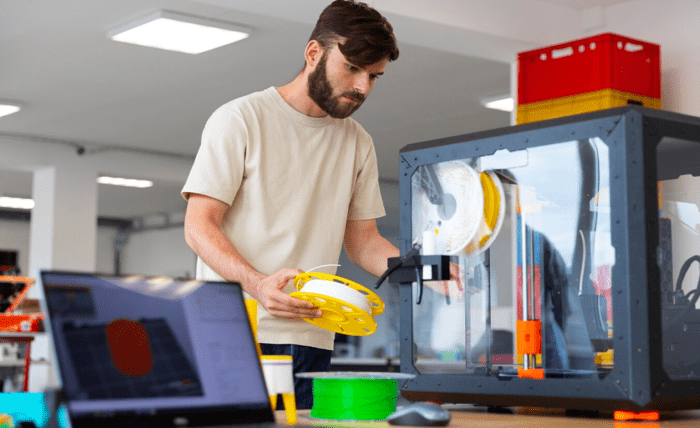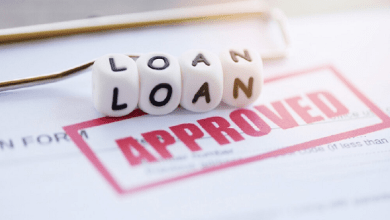
In recent years, the Print-on-Demand (POD) business has gained massive popularity. From custom t-shirts and tote bags to hoodies and caps, POD offers entrepreneurs a low-risk, scalable way to start an e-commerce brand. But success in this space heavily depends on the quality and efficiency of your printing equipment. One of the most reliable printing technologies emerging in the market is Direct-to-Film (DTF) printing. It offers vibrant prints, durability, and versatility—everything a modern POD brand needs.
If you’re looking to upgrade your printing setup or step into the POD world, choosing the right DTF printer is crucial. Let’s dive into how you can pick the best printer for your needs—and why the LINKO DTF printer for sale could be a smart investment.
DTF Printer?
Before jumping into what makes a good DTF printer, let’s understand the basics. A DTF printer prints designs onto a special film using textile pigment ink. The design is then transferred onto the garment using a heat press. Unlike DTG (Direct-to-Garment), which requires pre-treatment, DTF printing works on almost any fabric type—cotton, polyester, blends, nylon, and more.
This versatility makes it ideal for POD businesses that want to offer a wide variety of custom products without changing equipment.
Why DTF is the Future of POD?
- No fabric limitations: Works on all types of fabric.
- High durability: Wash-resistant prints that last.
- Cost-effective: Less expensive than screen printing for short runs.
- Vivid colors: Sharp, vibrant, full-color designs.
- Quick production: Faster turnaround means quicker fulfillment.
Key Features to Consider in a DTF Printer for POD:
When choosing a DTF printer for your POD business, you need to assess several technical and functional features to make an informed choice:
1. Print Resolution and Color Quality:
High-resolution output is essential for customer satisfaction. Look for printers that offer at least 1440 DPI (dots per inch). Crisp, sharp designs with accurate color reproduction will set your brand apart.
2. Print Width and Speed:
Are you printing standard t-shirt designs or large hoodie prints? A wider printer allows for flexibility. Also, speed matters—especially if you expect high order volumes. Make sure your printer can handle bulk without compromising quality.
3. Ink System:
DTF printers generally use CMYK + White inks. A good ink management system (automated stirring and circulation for white ink) prevents clogging and reduces downtime.
4. Software Compatibility:
Make sure the printer comes with reliable RIP software. This allows you to manage color profiles, queue jobs, and fine-tune settings for optimal output.
5. Maintenance and Support:
Choose a brand that offers easy maintenance features and solid customer support. A reliable supplier can make a big difference in the long run.
Why LINKO is a Trusted Name in DTF Printing:
Choosing the right printer also involves selecting a reputable brand. dtflinko.com has become a well-known and respected source in the DTF market, offering printers that balance quality, affordability, and scalability.
Here’s why LINKO DTF printers stand out:
- Industrial-grade components: Built for long hours and high volumes.
- Automated white ink circulation: Prevents clogs and ensures consistent output.
- Affordable entry-level options: Great for startups and scaling businesses.
- Multi-head configurations: For those aiming at high productivity.
- Global support: Comprehensive training, technical assistance, and after-sales service.
Their lineup includes models for all stages of POD growth—from beginners to large-scale commercial setups.
Budget Considerations: Finding the Right Value
While it’s tempting to buy the cheapest printer on the market, it’s crucial to balance cost with features. Consider the Total Cost of Ownership (TCO)—this includes ink usage, maintenance, film costs, power consumption, and potential downtimes. A slightly more expensive printer that runs more efficiently can save you more in the long run.
Also, investing in a printer with good warranties and customer service can prevent future headaches.
Ease of Use and Workflow Integration:
You want a DTF printer that integrates easily into your workflow—whether you’re using Shopify, Etsy, WooCommerce, or a standalone website. A printer with intuitive software, auto-cleaning functions, and plug-and-play capability saves time and reduces the learning curve.
Eco-Friendliness and Sustainability:
Sustainability matters more than ever. Look for DTF printers that use eco-friendly inks and minimize waste. Some newer models offer features that reduce ink wastage and energy usage, aligning with eco-conscious customer values.
Final Thoughts: Making the Right Choice:
The DTF printer you choose can make or break your POD business. It affects not only the quality of your products but also your turnaround time, customer satisfaction, and ultimately, your profits. That’s why it’s worth doing your homework and investing in a machine that meets your business goals.
Whether you’re a new entrepreneur or a seasoned POD seller, choosing a high-quality machine like the LINKO DTF printer for sale ensures you’re not just keeping up with the competition—you’re staying ahead.
So take your time, evaluate your needs, and choose a printer that can grow with your business. With the right tools and the right mindset, your POD venture has the potential to become a thriving e-commerce brand.




